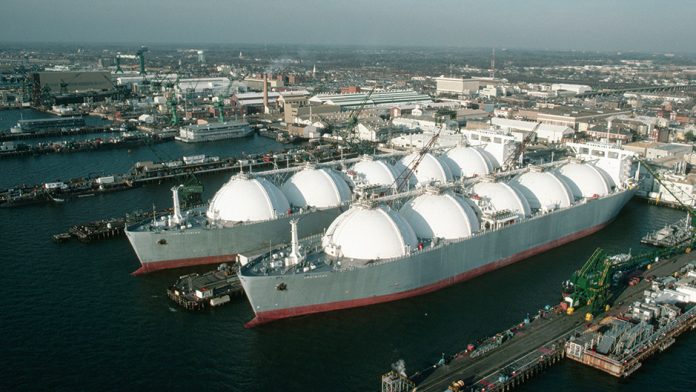by Merrill Matthews and Wayne B. Stoltenberg
With winter approaching, Europe is facing an energy crisis, particularly in a shortage of natural gas to produce electricity and heat homes. But let’s not forget that no country is better positioned to ease Europe’s energy crisis in both the short and long term than the United States.
It was a colossally bad idea for European governments to put so much faith in renewable energy sources, such as wind and solar power, which are intermittent and must be backed up by reliable energy sources, primarily fossil fuels. And it was an even bigger mistake for the EU to put so much faith in Russian-supplied natural gas, especially since Russian President Vladimir Putin had proven his willingness to use access to energy as a hammer to discourage political dissent.
In the short run, the United States must do all it can to maximize liquified natural gas, or LNG, export volumes through winter. And U.S. natural gas producers and LNG exporters have a strong economic incentive to do so.
After touching $100 per million British Thermal Units, or MMBTU, this past summer, natural gas in Europe is now about $45 MMBTU. That compares to about $6.50 in the United States.
Those natural gas price shocks will surely hurt Europe’s economic output, exacerbating both inflation and political tensions.
The good news is the United States is the world’s top natural gas producer and largest LNG exporter. We have approximately 12 billion cubic feet per day, or BCFD, of export capacity. That level is expected to increase to about 14 BCFD by year’s end.
The U.S. Energy Information Administration, or EIA, just announced that U.S. dry natural gas production set a record in 2021, with a 3.5 percent increase over 2020 production, driven by high natural gas prices. In addition, EIA says U.S. LNG exports hit a record last March of nearly 12 BCFD, though exports subsequently declined largely due to a fire in June at the Freeport LNG facility that took about 2.0 BCFD offline.
Is that enough to help the Europe get through the winter?
With Freeport’s 2.0 BCFD back online and the forecast increases in other volumes of about 2.0 BCFD by this December, that’s 4.0 BCFD of incremental supply, or 25 percent of Russia’s 2021 volumes to Europe.
Some U.S. LNG production is under contract to other countries, including China. However, many of those countries have been reselling some of that LNG to European countries at much higher prices. Current European reductions in energy usage and higher prices are having a positive impact on supplies. Plus, increased reliance on other pipelines from Norway and North Africa is helping.
Longer term, the United States must demonstrate the political and regulatory will to rapidly permit and construct the infrastructure needed to substantially increase LNG exports. No other country possesses the low-cost accessible gas reserves, an industry capable of privately funding infrastructure development, and the long-term political stability to be the trusted supplier.
That effort will cost taxpayers nothing, since private sector companies would provide the capital. Indeed, tax revenue from multiple sources would grow from the expansion. Unfortunately, while President Joe Biden appears willing to make short-term concessions, there is no indication he would make such a long-term commitment.
Lawmakers have said for decades they want U.S. energy security to counter threats from authoritarian regimes. That goal cannot be achieved with renewable energy sources any time soon, as Europe now understands. The question is whether the Biden administration understands it.
Merrill Matthews, Ph.D., is a resident scholar with the Institute for Policy Innovation, a research-based, public policy “think tank,” and Wayne B. Stoltenberg is the Executive Vice President & Chief Financial Officer of Vine Oil & Gas LP, a natural gas focused exploration and production company in Plano Texas.
This article was originally published by the Institute for Policy Innovation and is republished with permission.
For more on LNG and LNG exports, click here.


























